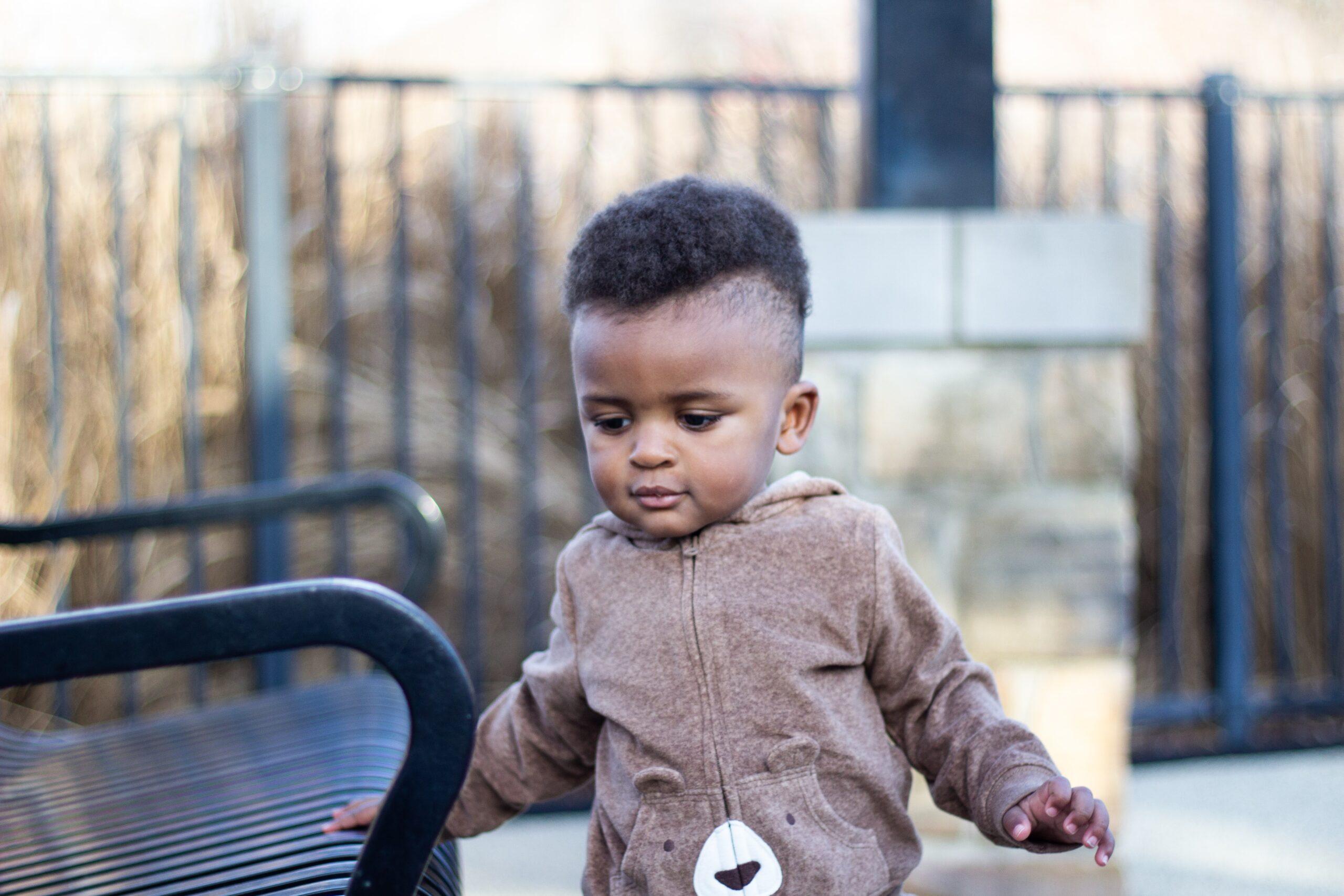Potty training is a daunting task for both parents and children. These ten tips teach you to identify your child’s readiness to toilet train, prevent accidents and master nature’s calling.
Start only when your child is ready.
Kids must be physically and mentally ready before they can potty train successfully. Ignoring your child’s readiness cues may make the process more difficult and time consuming. Don’t rely on the specific age or development of other children to toilet train your little one. Every child is ready at a different age.
Respond right away.
When children give physical or verbal signals that they have to go to the bathroom, don’t wait. Get to a toilet as fast as possible. Also, discuss these signs with your children to help them become more familiar with the process.
Be patient and praise your child.
Kids respond well to accolades. After a successful trip to the bathroom, offer verbal praise, do a silly dance, give stickers or provide some other form of non-food reinforcement. However, it’s important to remember that accidents are likely to happen. While you should praise your children for success, you shouldn’t punish or reprimand them for failures.
Acknowledge stressors.
Certain life circumstances, such as the arrival of a new sibling, an injury or a move, may hinder the proper transition from diapers to toilet. If an affliction occurs, you might want to rethink your training schedule to accommodate your tyke’s emotional state.
Take a break.
A child who seems ready for potty training may not always be. If you start instructing a child who proves not to be ready for toilet use, take a hiatus and try again at a later time.
Check with your doctor.
If children ages 4 and up regress in potty training habits or have yet to be potty trained, check in with your pediatrician. A medical condition, such as a urinary tract infection or overactive bladder, could be to blame.
Train at intervals.
In the early stages of training, have your child sit on the toilet and try to go at timed intervals. Even if your child doesn’t have to go, this stage establishes the purpose of the lavatory and lays the groundwork for a successful bathroom experience.
Don’t expect nighttime success.
Potty-trained kids usually continue to wet the bed as they may not sense their bladder urges during the night. If bedwetting occurs, avoid criticizing them.
Teach by example.
Since kids mimic their parents, having a same-sex caregiver show children how to use the potty can be a useful tool, particularly for when boys have to learn to stand and urinate.
Remind kids.
Potty-trained kids are more likely to have accidents when actively engaged in another behavior. If your child seems engrossed in a toy, game or other venture and hasn’t used the toilet in a while, remind them to take a bathroom break.

